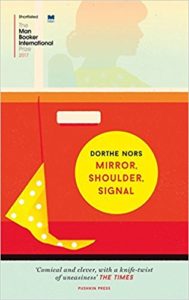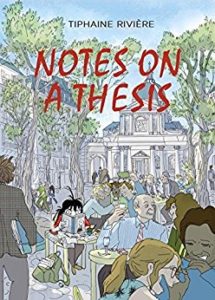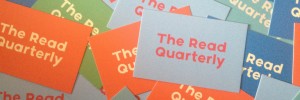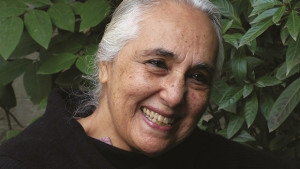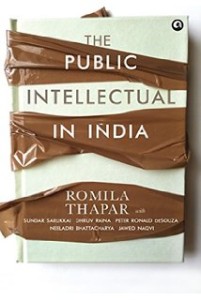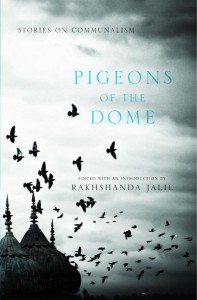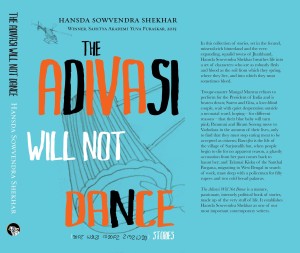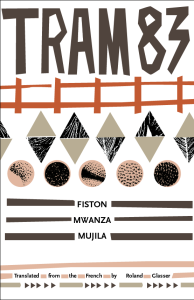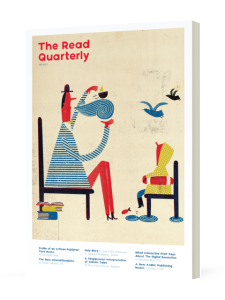Juan Pablo Villalobos’s “I Don’t Expect Anyone to Believe Me”
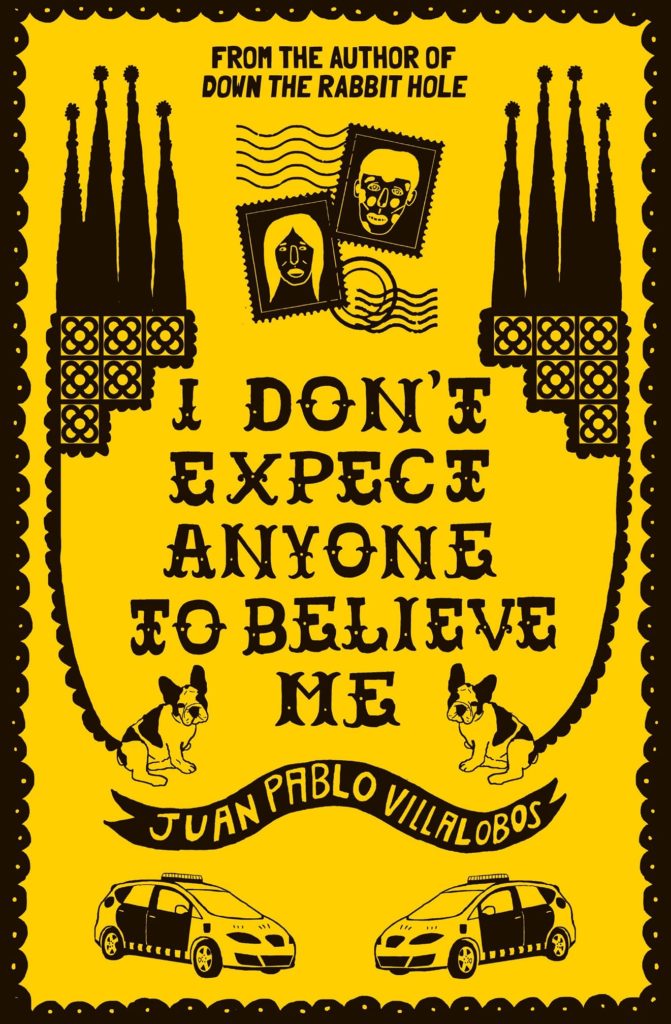
Juan Pablo Villalobos’s novel I Don’t Expect Anyone to Believe Me has a protagonist who shares the same name as the author. It has been translated from Spanish into English by Daniel Hahn. The fictional Juan like the real Juan did has plans to move from Guadalajara in Mexico to Barcelona in Spain to pursue a doctorate in literary theory made possible with an EU grant. This is where the similarity ends ( at least we hope so!). The fictional Juan has a cousin who is of no good and hobnobs with local criminals. Practically on the eve of Juan’s departure, the criminals kill the cousin and persuade Juan to run an “errand” for them in Barcelona. He is asked to “infiltrate” the literary postgrad world in order to acquaint himself with a wealthy Catalan magnate’s daughter, Laia. The devious plan involves the Mexican cartel wishing to extort money from the wealthy man. Juan agrees to this preposterous plan. He enrols himself to study humour in Latin American literature. Meanwhile his life outside the classroom flip flops between third grade crime fiction and literary fiction. Juan on a mission encounters the dirty underbelly of society. He comes face to face with dodgy folks of all kinds, he hears gutter language, he experiences xenophobia and it is contrasted with the more genteel talk of the educated and socio-economic elite. It is an absurd situation to be in. Ripe fodder for his thesis but mindboggling to be in the heart of it while trying to ensure one’s sanity and safety of his family.
Reading I Don’t Expect Anyone to Believe Me is almost like television channel surfing pausing for a moment on a thriller and the next moment on a more sophisticated drama and then a mindless serial, each with multiple accents and settings. Only difference being here that this is a single novel with four distinct voices, crafted by one man, the Spanish writer Juan Pablo Villalobos. The four characters who offer four different perspectives on the plotline hail from different parts of society. Apparently the original novel had very distinctive kinds of Spanish attributed to these individuals. Daniel Hahn, the translator, had quite a challenging time translating the different registers of Spanish spoken into English. He has written a fascinating essay at the end of the book which recounts in detail how he achieved this feat. It is an extraordinary essay which is worth reading especially by many Indian translators who struggle to translate different dialects of a single Indian language into English. One of the toughest challenges is to carry forward the different registers of the original language into the destination language without corrupting the literary intention and craftsmanship of the author. Daniel Hahn shares some of his insights. His essay is truly brilliant!
The novel I Don’t Expect Anyone to Believe Me is a comic romp though multiple socio-economic layers of Spanish society. For the most part they are invisible to each other but it needs a Juan to meander through it, making visible much that would prefer to remain under the radar. But the mirth created by fast paced, pitch perfect novel, cannot really mask the racism and immigrant related tensions that abound. It is a novel not easily forgotten. Worth reading!
It has been published by the fabulous independent publisher based in London, And Other Stories.
4 July 2020

